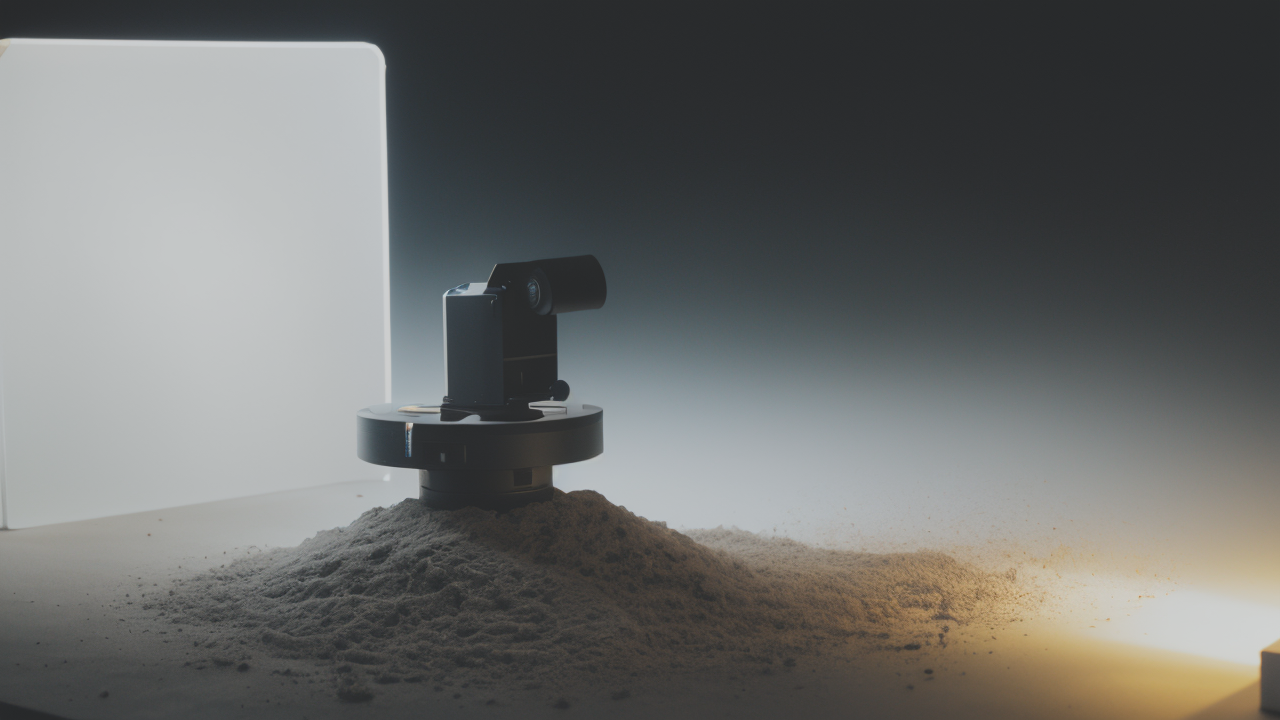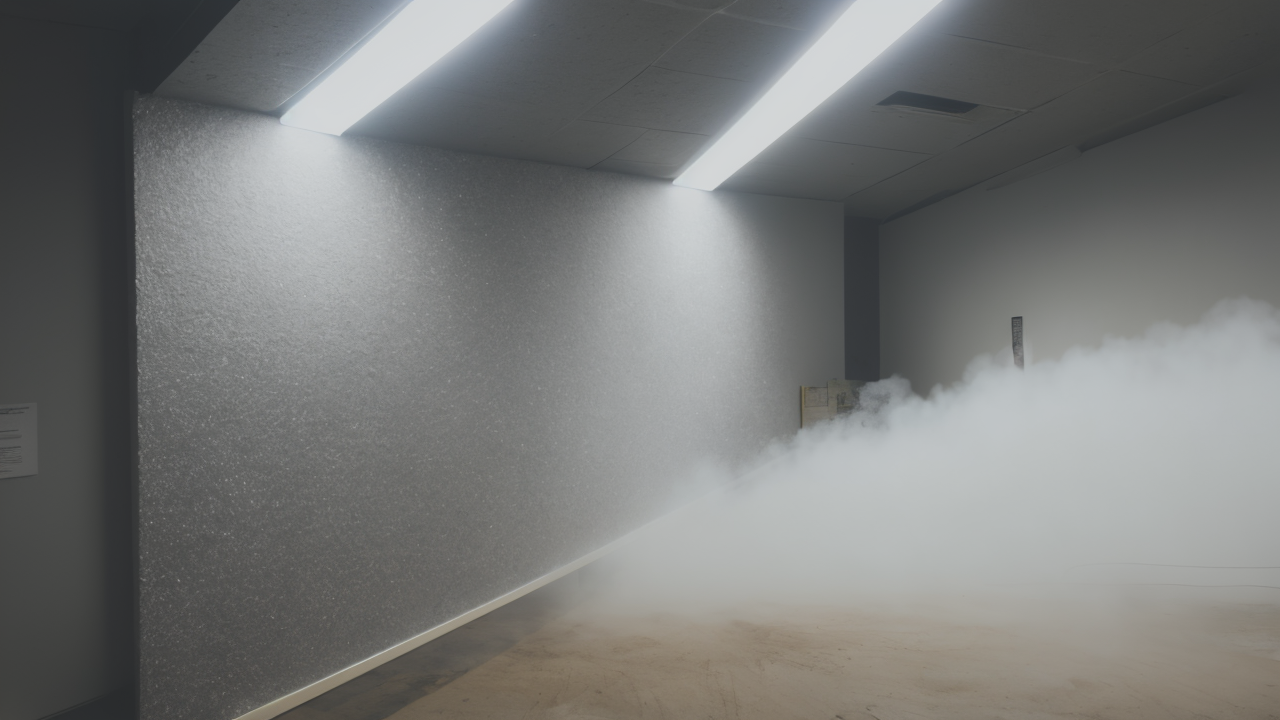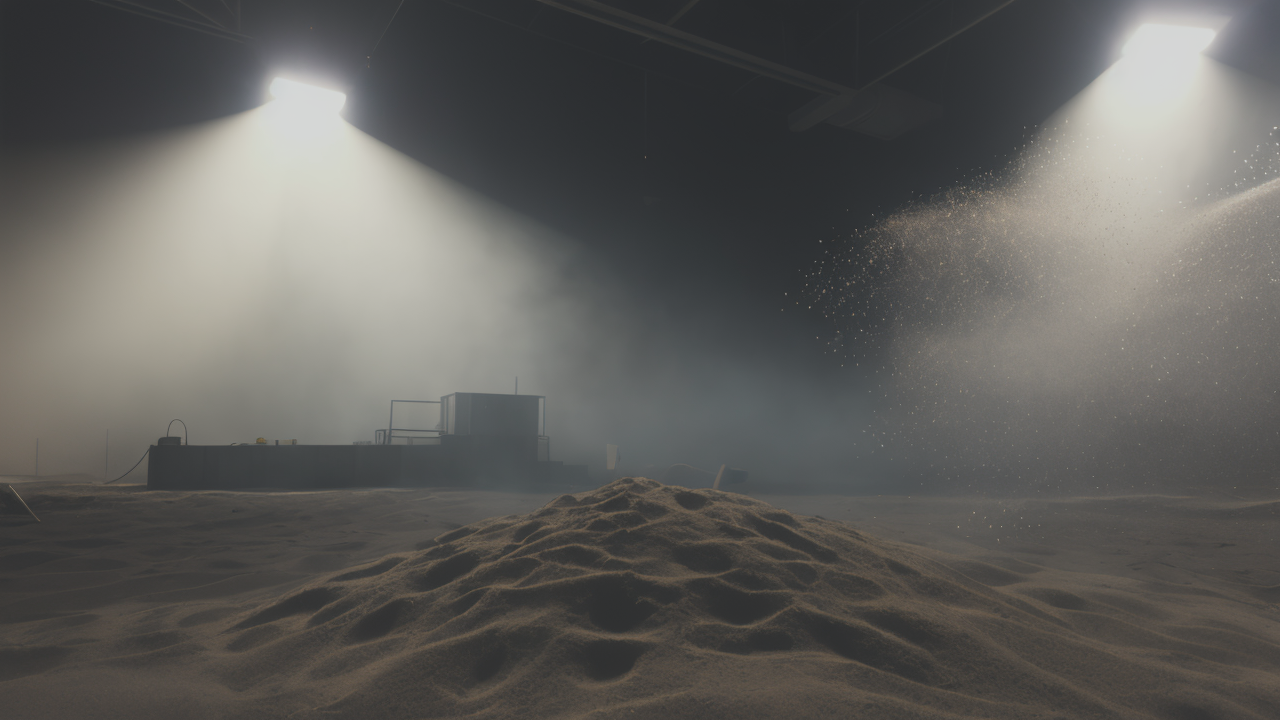
Innovative Plaster Techniques for Vibrant Wall Decor
Understanding Plaster Art: A Brief History and Modern Applications
The Evolution of Plaster in Art
Plaster has been a key material in art for thousands of years. Ancient Egyptians used it for tombs and masks. Greeks and Romans made beautiful statues with plaster. During the Renaissance, artists used plaster casts to study human form.

In the 19th century, plaster became popular for building decor. Artists used it to create detailed moldings and ornaments. This time saw a boom in plaster art techniques. Many of these methods are still used today.
Modern artists have taken plaster to new levels. They experiment with shapes and textures. Some mix plaster with other materials. This creates unique and innovative artworks. The versatility of plaster keeps inspiring artists worldwide.
Modern Techniques in Plaster Art
Today's artists use plaster in exciting new ways. They push the limits of what's possible with this versatile material. Here are some modern techniques:
- 3D printing: Artists create complex shapes using technology.
- Mixed media: Plaster is combined with paint, fabric, or found objects.
- Environmental art: Large plaster installations interact with nature.
- Digital sculpting: Artists design on computers before casting in plaster.
- Texture experiments: New tools create unique surfaces and patterns.
Artists also play with plaster properties. Some add colors for vibrant effects. Others use different setting times to create layers. Many explore the contrast between rough and smooth surfaces.
Plaster casting is still popular. But now, artists use flexible molds for detailed designs. This allows for more complex sculptures. Some even cast everyday items in plaster for a surreal look.
Selecting the Right Plaster for Your Art Project
Types of Plaster Suitable for Different Art Forms
Choosing the right plaster is key for your art project. Different types work best for various art forms. Here's a guide to help you decide:

- Pottery Plaster: Great for molds and casting. It's fine and sets quickly.
- Hydrocal: Stronger than regular plaster. Good for durable sculptures.
- Plaster of Paris: Easy to use. Perfect for beginners and simple projects.
- Casting Plaster: Ideal for detailed reproductions. It captures fine textures.
- Gauge Plaster: Hard and durable. Best for carving and architectural details.
Think about your project's needs. Do you need strength or a smooth finish? How detailed is your work? The answers will guide your choice. Some artists mix types for custom properties.
Remember, each plaster has its own mixing ratio. Follow instructions carefully for best results. Test small batches to get familiar with different types. This helps you choose the best plaster for your artwork.
The Importance of Quality and Brand
When it comes to plaster, quality is crucial. Good plaster gives better results. It's easier to work with and more reliable. High-quality plaster has fewer impurities. This means smoother finishes and stronger artworks.
SBGR287 is known for excellent plaster products. Many professional artists prefer it. The brand offers different plasters for various uses. Their products give consistent results. This is important for complex projects.
Using quality plaster saves time and reduces waste. Your artworks will also last longer. Look for brands that focus on art-grade plaster. Read reviews from other artists. Ask for advice at art supply stores.
While quality plaster may cost more, it's worth it. It can make a big difference in your final artwork. Remember, your art deserves the best materials. Choose wisely to bring your vision to life.
Advanced Tips for Using Plaster in Art Installations
Innovative Ways to Apply Plaster
Artists are always finding new ways to use plaster. Here are some creative ideas to try:

- Textured walls: Create unique surfaces using tools and techniques.
- Embedded objects: Press items into wet plaster for interesting effects.
- Layered reliefs: Build up plaster layers to make 3D wall art.
- Plaster dipping: Coat fabric or paper in plaster for sculptural pieces.
- Color mixing: Add pigments to plaster for vibrant, solid-color works.
Experiment with different tools. Try spatulas, brushes, or even found objects. Each will create a unique texture. Mix plaster with sand or sawdust. This can add interesting visual and tactile elements.
Don't be afraid to combine techniques. Layering methods can lead to stunning results. Always work safely. Wear protective gear and use a well-ventilated space. Keep trying new things. Innovation often comes from unexpected experiments.
Maintaining and Preserving Your Plaster Artworks
Proper care keeps plaster art looking great for years. Here are tips for maintenance:
- Dusting: Use a soft, dry brush regularly to remove dust.
- Cleaning: Avoid water. Use a barely damp cloth if needed, then dry quickly.
- Handling: Always use clean, dry hands. Consider gloves for delicate pieces.
- Storage: Keep in a dry place. Avoid extreme temperatures and humidity.
- Repairs: Fix small cracks promptly. Use matching plaster for touch-ups.
For outdoor pieces, consider sealing the plaster. This protects against weather damage. Indoor works may benefit from a light varnish. This can enhance colors and provide extra protection.
Keep records of your process and materials. This helps with future care or repairs. If selling or displaying your work, provide care instructions. This ensures your art stays beautiful for years to come.
With these tips, your plaster creations will continue to inspire. Remember, each piece is unique. Adjust your care approach to suit each artwork's specific needs. Plaster art can last for generations with proper care and maintenance.


